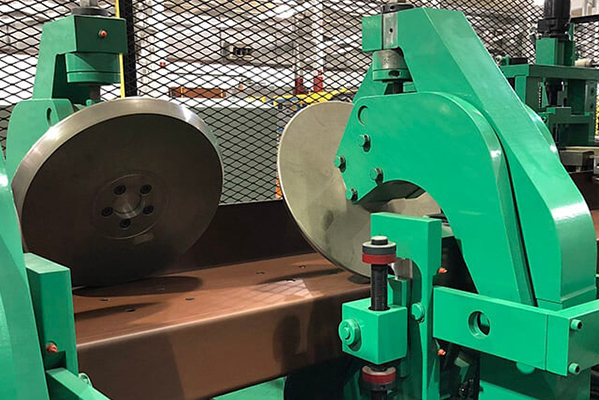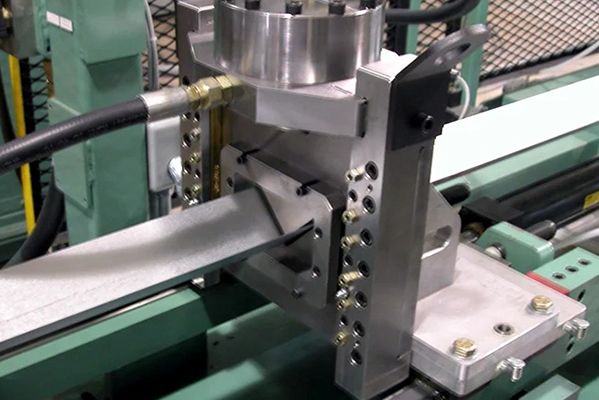Navigation Menu
Contact Us
- Email:
- info@wxavatar.com
- Address:
- Yurong Village, Yuqi Street, Huishan District, Wuxi, China.
Release Date:Jun 08, 2025 Visit:38 Source:Roll Forming Machine Factory
Manufacturers across various industries are increasingly adopting automated roll forming systems to enhance their production capabilities. These advanced systems offer numerous operational advantages that align with modern manufacturing requirements. This article examines the key reasons behind this growing investment trend.

Improved Production Efficiency
Automated roll forming systems enable manufacturers to achieve higher output rates compared to traditional forming methods. The continuous nature of the roll forming process allows for uninterrupted production runs, minimizing downtime between operations. These systems can maintain consistent speeds for extended periods, leading to greater throughput without compromising quality standards.
Enhanced Precision and Consistency
The automated controls in modern roll forming equipment ensure precise dimensional accuracy across produced parts. Computer-guided systems maintain tight tolerances throughout long production runs, reducing variability that can occur with manual operations. This level of consistency is particularly valuable for industries requiring interchangeable components or products with strict specification requirements.
Material Utilization Advantages
Automated roll forming systems demonstrate efficient material usage by minimizing waste during the forming process. The controlled feeding and forming actions optimize material flow, reducing scrap rates associated with alternative manufacturing methods. This efficient use of materials contributes to overall production cost management.
Operational Cost Considerations
While the initial investment in automated roll forming technology may be significant, many manufacturers find the long-term operational benefits justify the expenditure. These systems typically require less manual labor per unit produced and can operate for extended periods with minimal supervision. The reduction in labor requirements and increased output capacity often lead to improved cost efficiency over time.
Flexibility in Production Applications
Modern automated roll forming systems offer adaptable configurations to accommodate various product specifications. Quick-change tooling and programmable controls allow manufacturers to transition between different profiles or dimensions with relative ease. This flexibility enables production facilities to respond efficiently to changing market demands or customer requirements.
Reduced Dependence on Skilled Labor
The automation of the roll forming process decreases reliance on highly specialized operators for routine production. While technical expertise remains valuable for setup and maintenance, the automated systems can perform complex forming operations with less operator intervention. This characteristic helps manufacturers address challenges related to workforce availability in some regions.
Integration with Manufacturing Systems
Automated roll forming equipment often features compatibility with other manufacturing systems, allowing for streamlined production workflows. Many systems can interface with material handling, finishing, or packaging equipment to create continuous production lines. This integration capability supports more efficient overall operations in manufacturing facilities.

Conclusion
The growing investment in automated roll forming systems reflects manufacturers' focus on improving production capabilities while managing operational costs. These systems offer a combination of speed, precision, and efficiency that aligns with the demands of modern manufacturing. As technology continues to advance, automated roll forming is likely to see further adoption across industries that require consistent, high-volume metal forming solutions.